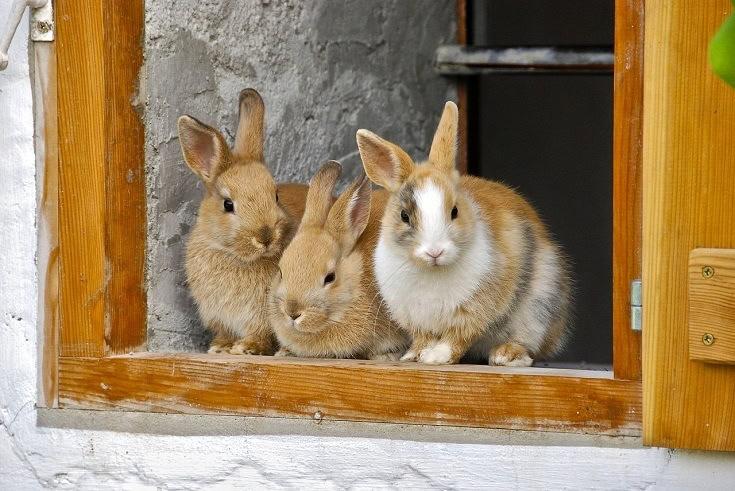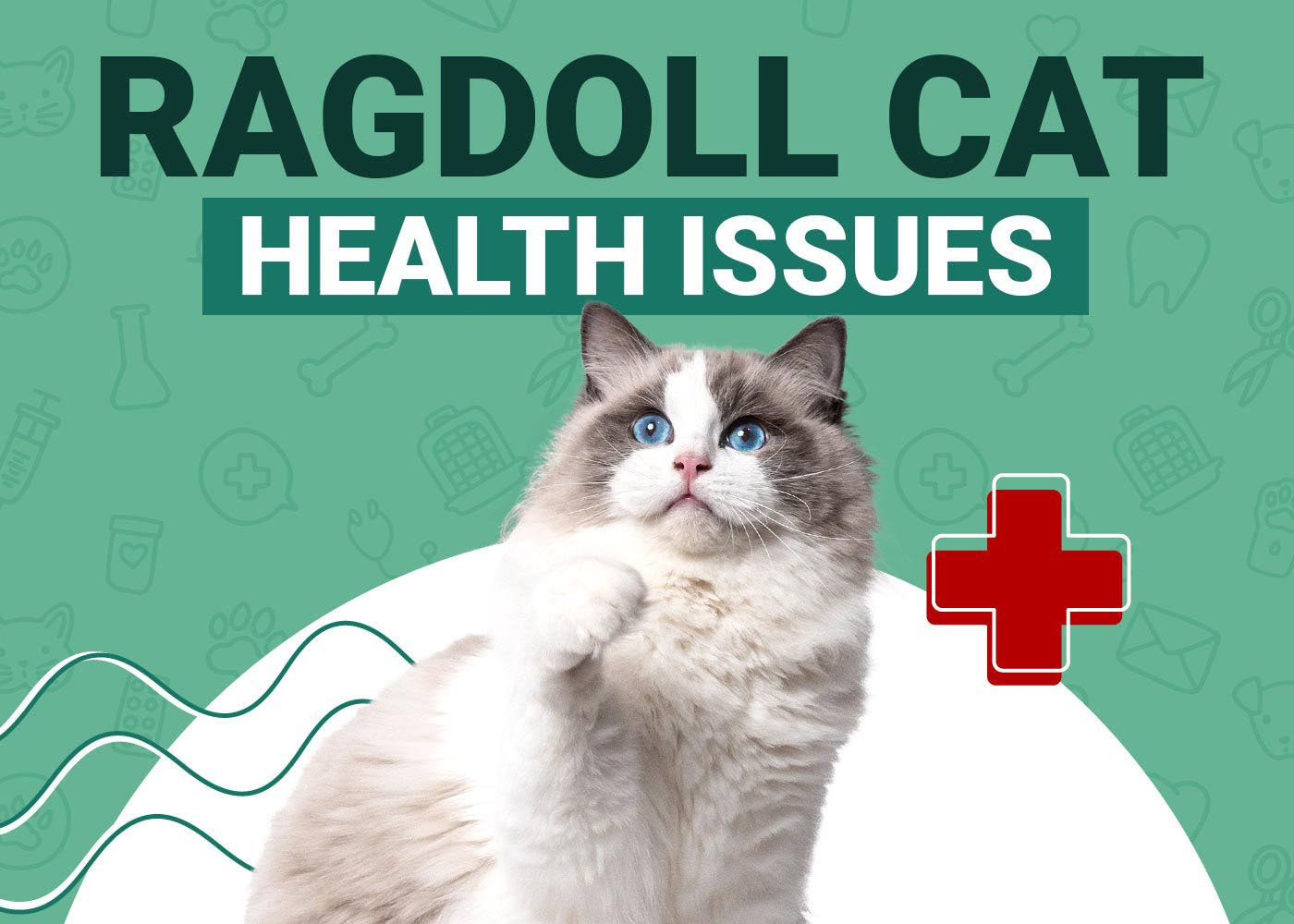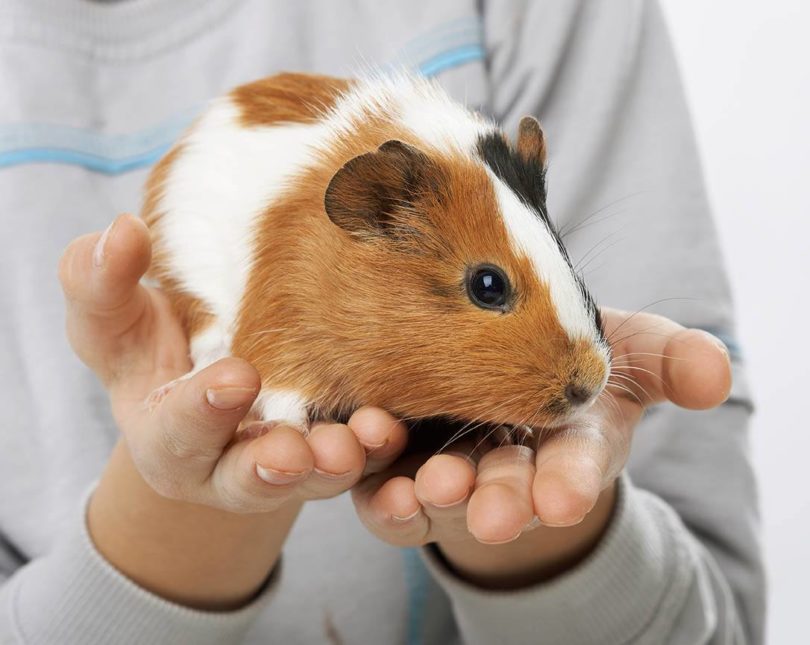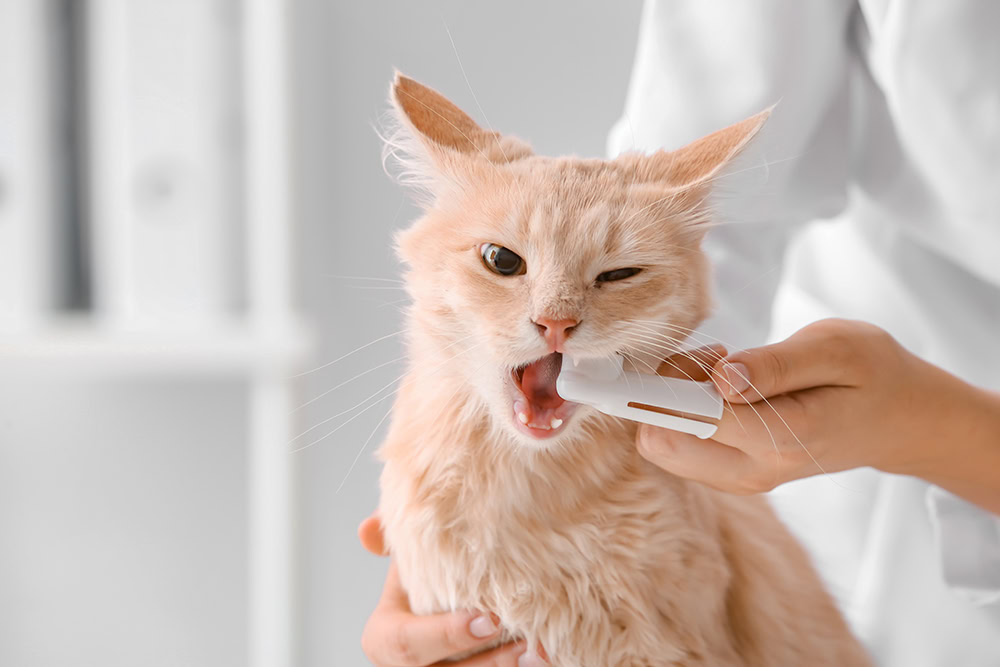VET APPROVED

The information is current and up-to-date in accordance with the latest veterinarian research.
Learn more »Click to Skip Ahead
Unlike other small mammals commonly kept as pets, like guinea pigs and hamsters, rabbits do not absolutely require bedding in their cages, since they don’t use it for burrowing or warmth. For litter training and general daily bathroom use, however, there’s no replacing the utility of a soft and comfortable material for your rabbit to get used to.
If you’ve recently run out of rabbit bedding or litter—or simply don’t feel like buying bedding in the first place—you’ll be glad to know that there are plenty of low-cost alternatives. And with just a little bit of ingenuity and effort, you’ll be able to transform common household items into useful accouterments for your fuzzy friend’s habitat. We’ve got five alternatives below, and a few alternatives you should never use.

The 5 Rabbit Bedding Alternatives
1. Fleece

With just a tiny amount of sewing skills and a soft, fuzzy material like fleece, you can easily put together a low-cost pillow that will keep your rabbit in the lap of luxury year-round.
Many rabbit parents use fleece over a layer of absorbent material underneath (like puppy pads or towels). This setup helps prevent sore hocks and keeps the environment cozy and dry. This material is soft, cozy, and easy to wash. If using pee pads, please keep in mind that for safety reasons, the fleece must be secured tightly (using clips, elastic covers, or fitted designs) to prevent rabbits from burrowing under it and reaching the pee pad. Towels are a bit less risky, especially if you choose tightly woven ones, however, the same precautions should be taken.
2. Shredded Paper
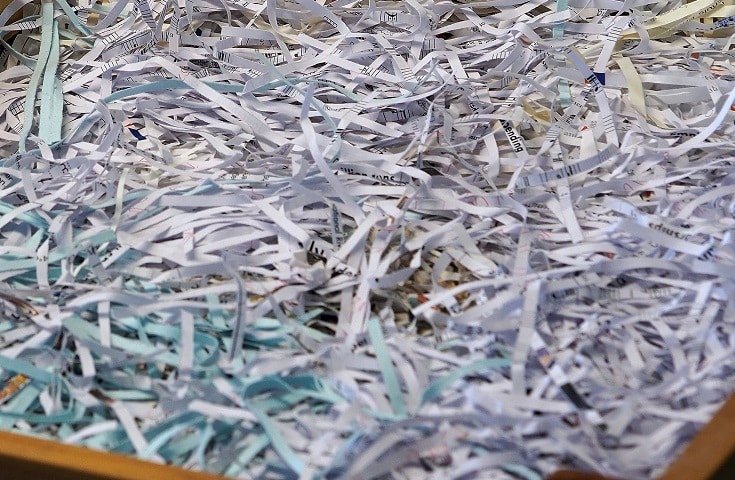
Any paper that hasn’t been printed with ink or chemically treated can make a fine addition to your rabbit’s litter box. In a pinch, you can easily tear up toilet paper, paper towels, and extra napkins to make an absorbent and cost-effective solution for your rabbit’s potty breaks.
Caution: Rabbits that often eat shredded paper should be supervised due to the chewing and excessive consumption hazard. If you are worried that your rabbit is consuming too much paper, look for safer alternatives, such as hay or paper-based litter.
3. Shredded Cardboard
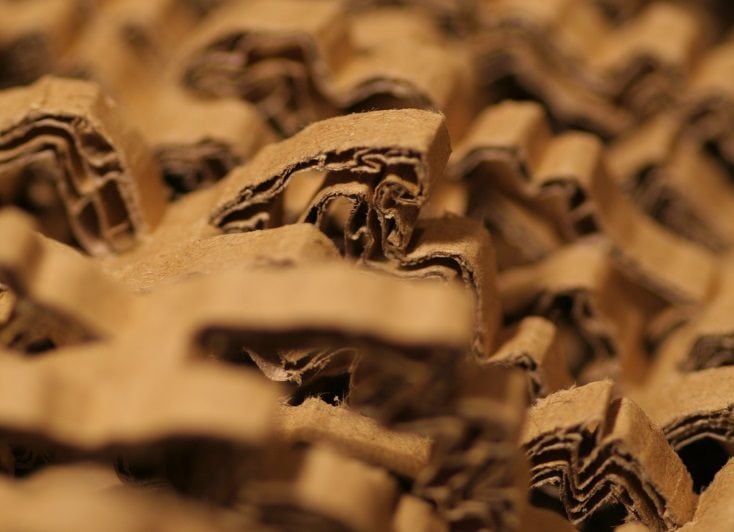
Leave any cardboard box around your bunny, and they’re very likely to do the work of making shredded cardboard bedding for you! Rabbits love to dig, chew, and tear on cardboard, and the cast-off bits do an excellent job of absorbing urine in their litter boxes.
For safe rabbit bedding with cardboard, use plain, unprinted, unwaxed varieties, avoiding colored, glossy, or heavily inked options. While chewing is healthy, supervise your rabbit to prevent excessive ingestion, which can cause digestive issues. Ensure the cardboard is clean, dry, and free of staples, tape, or glue.
4. Hay
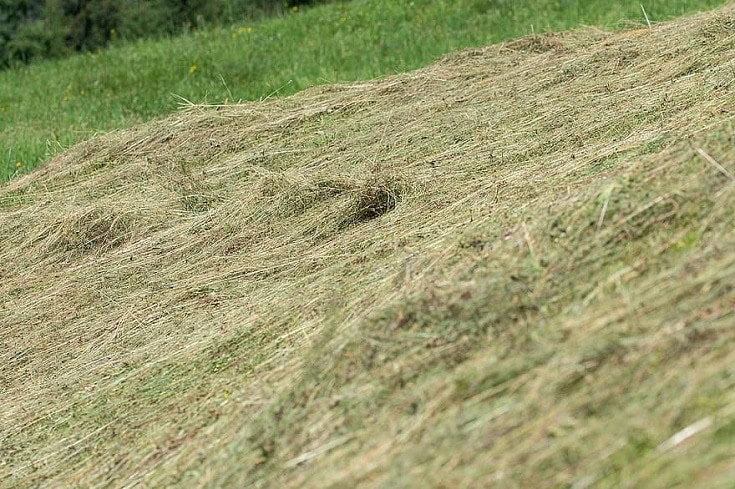
If your rabbit is anything like ours, they likely have the ability to smell the difference between hay fresh out of the bag and anything that’s been there for more than a few hours. Instead of getting frustrated with their pickiness, why not use their leftover “stale” hay to create comfortable and warm bedding for your furry friend?
5. Newspaper
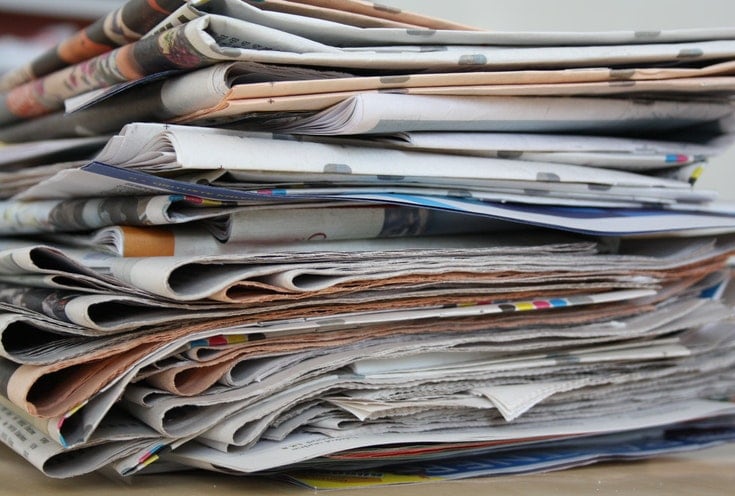
A newspaper can be a safe and affordable option for your rabbit’s litter box lining or as a digging material, provided a few precautions are taken. Plain black-and-white newspaper printed with soy-based ink is generally acceptable for rabbits to shred, dig, or use as bedding. However, it’s crucial to ensure they are not consuming large quantities of the ink. Avoid colored or glossy newspaper pages due to potentially harmful inks and coatings. While a little nibbling is usually not a concern, ingesting large amounts can lead to digestive problems. To minimize the risk of over-ingestion when used as a litter box liner, layer newspaper with hay. Although a newspaper is a budget-friendly choice, it’s not the most absorbent material, making it less ideal as a primary bedding or litter on its own.

What NOT to Use for Rabbit Bedding
With the options on the list above, you should be entirely set on finding new bedding for your rabbit. As a final warning, please do not use the following materials for rabbit bedding under any circumstances:
- Corn cob, sometimes used as part of a blend in rabbit litter or bedding products, can pose serious problems to your rabbit’s digestive system if eaten. And since it often smells sweet and tasty to your bunnies, this can become a real danger before you know it.
- Cat litter has no place in a rabbit’s life, as it can produce harmful and toxic dust that quickly leads to respiratory issues and infections. If ingested by rabbits, clumping litter can swell within their digestive tract, potentially leading to dangerous obstructions.
- Softwood shavings, especially those from pine and cedar, are also sometimes used as part of bedding or litter mixes for small animals. Because they contain toxic oils that pose a risk to the health of your rabbit’s litter, you should never use them.
How to Choose Safe Bedding for Your Rabbit
While it’s true that rabbits don’t need bedding in their cages, providing them with more comfortable places to lie down and do their bathroom business can only positively contribute to their health and happiness.
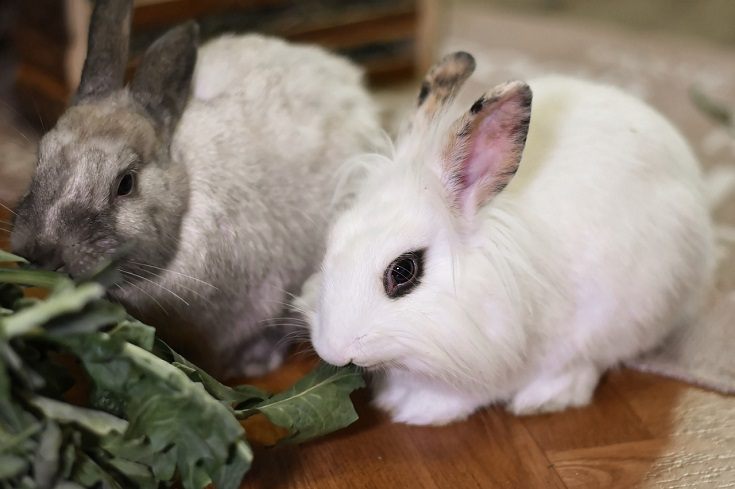
With that in mind, we recommend that you look for bedding that does one of two things for your rabbit:
- Makes them more comfortable. Anything soft and squishy can give your bunny a better place to nap, play, and otherwise enjoy life. Blankets go a long way toward making wire cages friendlier to a rabbit’s sensitive paws.
- Keeps them clean. Absorbent materials will help mitigate any accidental messes and can be a real lifesaver while you’re litter-training your rabbit.
With those qualities in mind and the different DIY rabbit bedding options you examined earlier, selecting the right bedding for your rabbit and you will hopefully be easier.

Final Thoughts
Even though it may not be essential to your rabbit’s health and happiness, providing them with comfortable bedding can increase their overall quality of life while safeguarding their hygiene. Before you buy another commercial bedding option, try out any of the alternatives on our list and let us know how it goes!
Featured Image Credit: onkelramirez1, Pixabay
